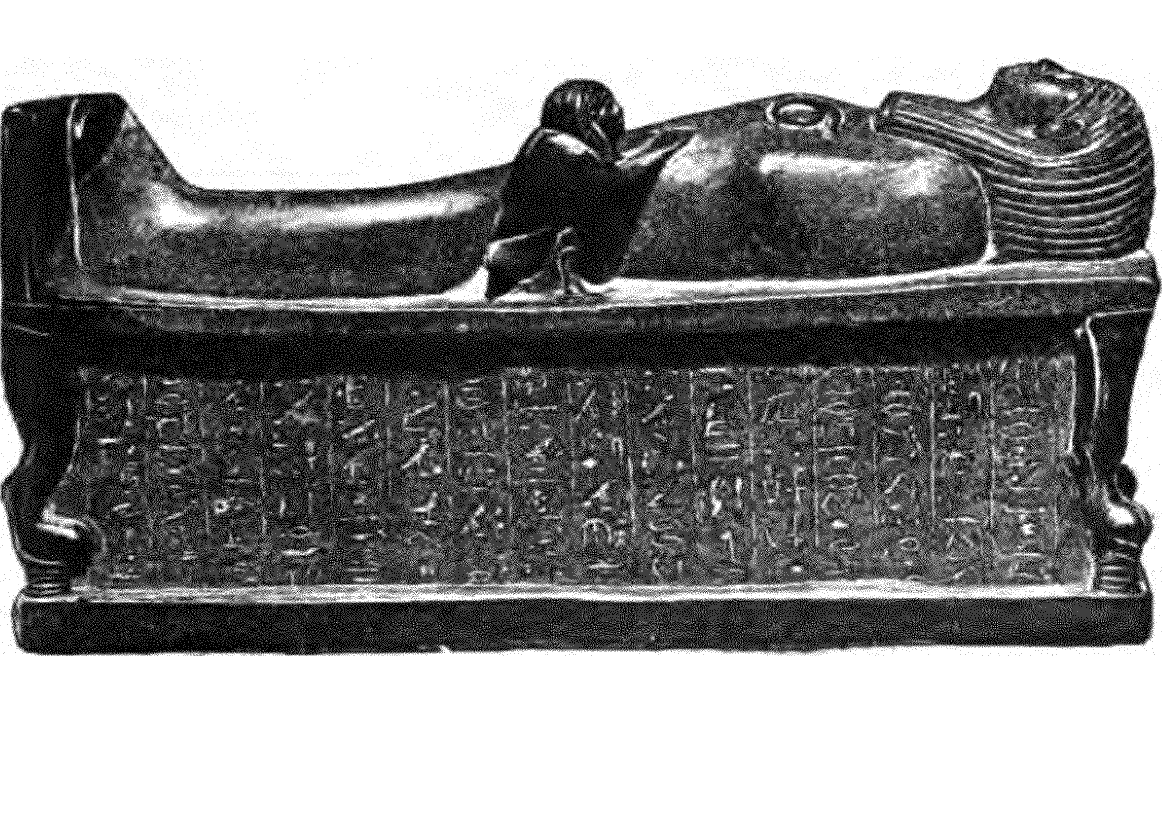<![CDATA[Based on the analysis of the funeral wrapping during the Late Neolithic Period and the Chalcolithic Period it was clearly revealed that as far back as six thousand years ago mummification was being performed by the ancient Egyptians. This finding significantly predates the original record of ancient Egyptian mummification by 1500 years, and it indicates that the resin-soaked textiles used popularly during the prehistoric era represent the true predecessors of Egyptian mummification. It has always been an assumption by the experts that it was a natural process for soft tissue preservation because the buried bodies were desiccated naturally in the dry and hot desert sand. The new information though indicates that the earliest mummification was performed in the Old Kingdom (2500 B.C.), but using preservative resinous formulas only manifested during the Middle Kingdom (c. 2000 – 1600 B.C.). Researchers from the Universities of Oxford, York, and Macquaire have detailed their finding in the latest PLOS ONE journal issue and they reported that from the Late Neolithic Period up to the Chalcolithic Period, dead bodies were wrapped in linen soaked in complex embalming agents. The evidence was discovered in the tombs in Upper Egypt, particularly in Mostagedda and Badari. The samples taken of the funeral wrappings were first examined in 2002. These samples were taken from several museums all over the UK and they were sent from Egypt in the 1930s. Resins have been seen as part of the preservation agents used in the textiles and after a few experts have failed to attempt successful biochemical analysis, Research Fellow Stephen Buckley of the University of York was finally able to do so. He combined gas chromatography-mass spectrometry and sequential thermal desorption-pyrolysis and tested 23 samples from Mostagedda tomb wrappings. The age of the textile was confirmed to be of the Late Neolithic period with the oldest textiles established as dating from 4316-3986 B.C. During his analysis, Buckley was able to identify pine resin, animal fat/plant oil, plant gum, a natural petroleum source, and extract of an aromatic plant in the old wrappings. He identified these ingredients as the embalming agents used by the ancient Egyptians. He also reported that the bulk of the embalming composition are composed more of animal fat or plant oil, while there are lesser amounts of the aromatic plant extract and conifer resin, and the least parts are made up of plant gum and wax. Buckley also reported that the formula had antibacterial properties and composed of ingredients used in similar proportions in the mummification process done 3000 years later during the Pharaohic period. The findings established that ancient Egyptians have experimented heavily with synthetic mummification. They went through trial and error processes even before the originally established discovery that Egyptians used embalming compounds for mummification only around 2800 B.C. This new discovery clearly shows how sophisticated the ancient Egyptians were. They have a history of performing complex cultural tasks much earlier than was previously believed. They experimented with preservation techniques even prior to the times when Pharaohs were preserved and buried in their pyramids.]]>
Mummification Started Long Before Pharaohs
